With the arrival of warmer weather, do you want to go for a walk in the great outdoors?
Here’s all our advice on how to get off to a good start!
HIKING AT THE RIGHT TIME
It's best to set out to conquer the trails when the weather's fine. In winter, conditions are often more complicated (risk of black ice, thunderstorms, snow etc.), which means you require better knowledge of the mountain environment and sometimes special equipment.
Beware, however, of the heat in midsummer: it’s best to set off early in the morning to take advantage of milder temperatures. If you opt for a hike at the end of the day, make sure you know when the sun sets, or take a headlamp with you so you don't get caught out by nightfall.
It is vital to check the weather forecast the day before and the day of your outing, to avoid any nasty surprises.
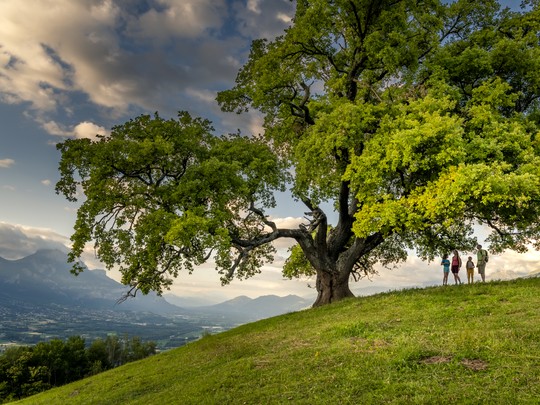
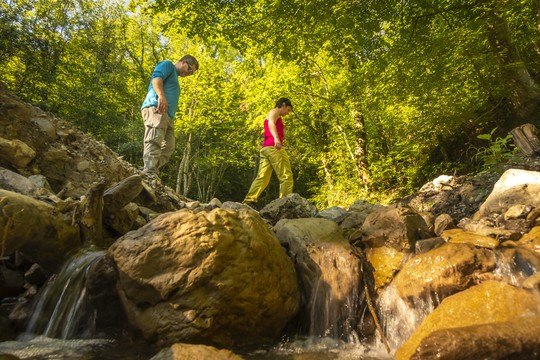
ACCOMPANIED HIKING
For your first hike, we advise you to find a walking companion or join a group, so you don’t hike alone.
If you have no choice but to go it alone, choose a popular route and, as a precaution, tell at least one person close to you where you are going to be. If you have any doubts about your technical and/or physical ability to go out on your own, don’t hesitate to organise your outing with a mountain guide.
CHOOSING YOUR HIKE
Rolling hills , forest paths, panoramic summits... The mountain ranges offer an incredible range of walking routes. Find the hike that’s right for you based on your level and a number of criteria:
- Difficulty: Levels of difficulty are represented by colours, ranging from green to red. For novices and the less sporty, start with a family hike (green) or easy hike (blue).
- Walking time: Choose a walking time that is compatible with the time you have available and suited to your abilities. Nobody knows you better than you know yourself.
- Elevation: This is the difference in altitude between the lowest and highest point of your hike. This figure partly determines the sporting difficulty of a route. For a first outing, we advise you not to exceed 500m of elevation (an experienced walker covers around 300m of ascent in 1 hour).
Find out more at local tourist offices and/or consult the hiking guide beforehand.
GOOD TIP - The Isère Outdoor app is the deal tool for choosing your route easily and hiking with peace of mince in Isère!
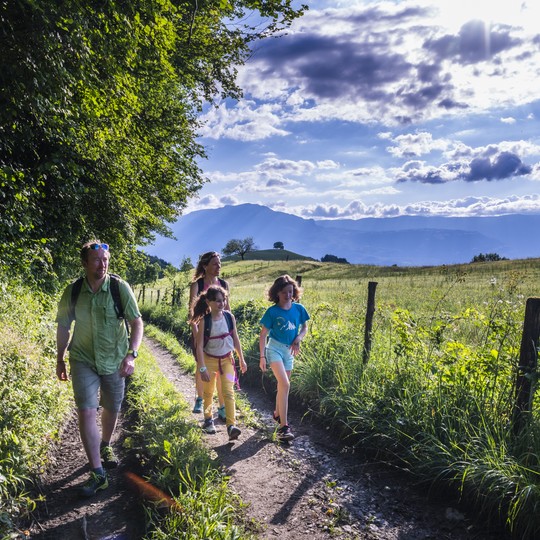
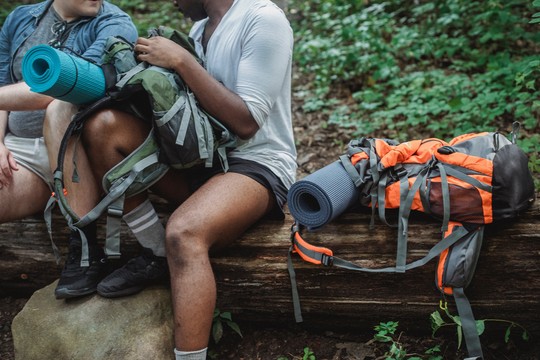
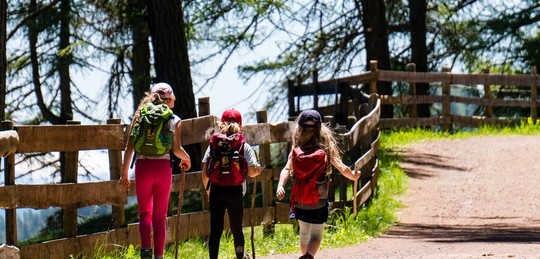
MAKE SURE YOU’RE WELL EQUIPPED
If you want to enjoy your hikes with complete peace of mind and be prepared for any unforeseen events, you need to be well equipped.
Hiker’s clothing
- Hiking boots are compulsory!
- High socks (to avoid blisters)
- A breathable technical t-shirt
- Lightweight shorts or trousers
- A cap or other headgear
- Sunglasses
In your backpack
- Warm clothing (fleece, jumper) - it can be cold at altitude!
- Waterproof clothing
- Sun cream
- A small first-aid kit (antiseptic, plasters, compresses)
- Water - between 2-3 litres per person, depending on the hike
- Easy-to-carry food
- Hiking guide - on paper or downloaded onto your phone
- A bag to collect all your rubbish
AFTER THE HIKE
After exercise, remember above all to hydrate and stretch. Walking, even with only a slight elevation, uses almost half of your total muscle mass.
Check your body and clothing for ticks. These little creatures usual hide in the forest, at ground level, on low branches and in the grass. Have you been hiking with your dog? Remember to check your four-legged friend's fur too.
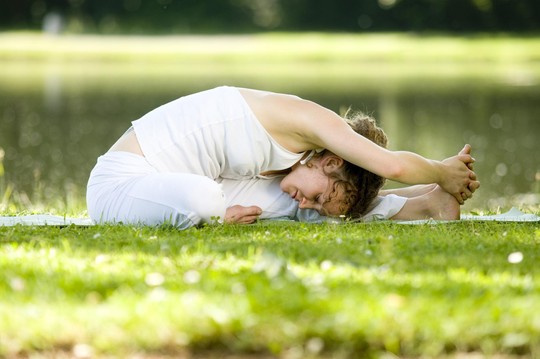
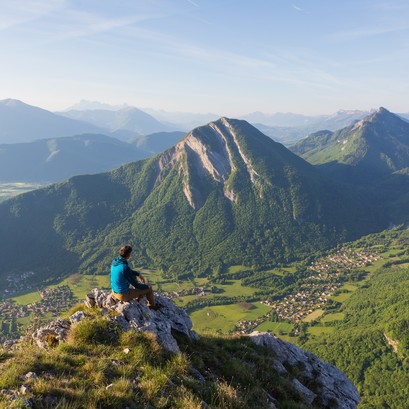
GUIDE DES BONS GESTES EN NATURE
Learn more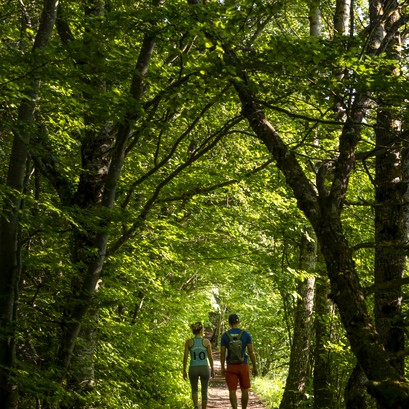
RANDONNÉES FRAÎCHEUR
Learn more
